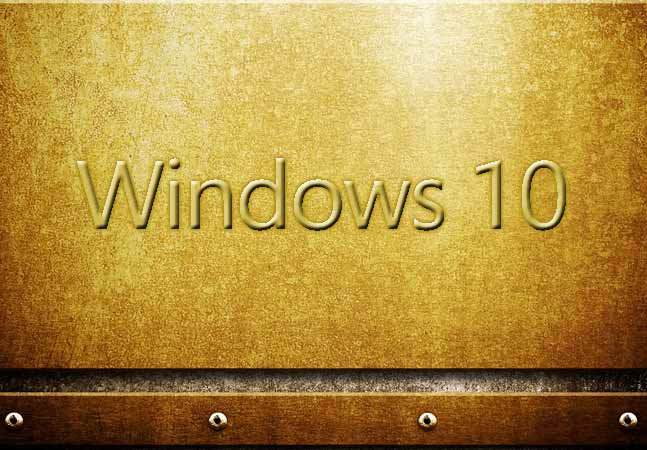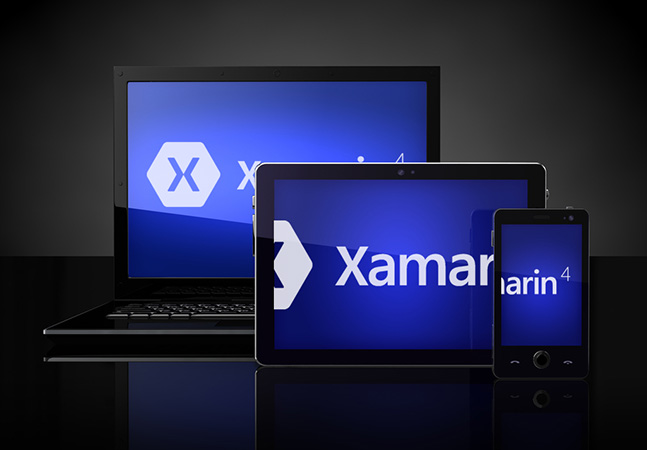
Better GitHub integration and other improvements highlight the new Visual Studio 2019 Version 16.7 and first preview of v16.8.

Microsoft announced a private preview of Visual Studio Codespaces, which eases the setup and use of cloud-powered development environments that can be used from anywhere for remote development and other scenarios, targeting C++ console app and library developers.

Taking a page from the Amazon Web Services (AWS) book on cloud computing platforms, Microsoft has introduced its own Azure Well-Architected Framework, providing a set of architecture best practices to help users build and deliver great solutions and improve the quality of cloud workloads.

DevOps specialist GitLab has officially taken over the control of a GitLab extension for Microsoft's open source, cross-platform Visual Studio Code editor.

The Python Extension for VS Code Insiders team is previewing the newest implementation of notebooks, used frequently in data science with offerings such as Jupyter Notebooks.

A GitHub project is seeking to reorganize documentation and developer content in advance of the November debut of .NET 5, a unification of all things .NET that combines. .NET Core and other components.

Developers doing their coding on the Windows OS have received two new resource gifts from Microsoft: a new landing page for those using cross-platform technologies and a new GitHub repo with which to report issues to Windows engineering teams.Developers doing their coding on the Windows OS have received two new resource gifts from Microsoft: a new landing page for those using cross-platform technologies and a new GitHub repo with which to report issues to Windows engineering teams.

Microsoft shipped the seventh preview of Entity Framework Core 5.0, boosting its data access technology with a factory to create DbContext instances and more.

Despite being deprecated by Microsoft in .NET Core 3.0, the wildly popular Newtonsoft.Json JSON serializer still rules the roost in the NuGet package manager system for .NET developers.

In announcing updates to web-focused ASP.NET Core development as part of a new .NET 5 Preview 7, Microsoft noted that Blazor WebAssembly -- the client-side component of the Blazor project that allows for C#-based web development instead of JavaScript -- now targets .NET 5.

Microsoft shipped preview 7 of the milestone .NET 5 project that in November will combine all things .NET under one unifying umbrella release in the company's new open source, cross-platform direction.

Microsoft's latest update of its Mobile Blazor Bindings project -- which expands the Blazor web-coding-with-C# model to the mobile arena for iOS, Android and other apps -- now does hybrid apps.

Microsoft shipped preview 2 of WinUI, the UI framework that uses Fluent Design to provide a native user experience (UX) framework for both Windows Desktop (Win32) and Universal Windows Platform (UWP) applications, focusing on stability and bug fixes.

Visual Studio 2019 version 16.7 Preview 4 arrived this week, sporting boosted Git productivity and an experimental Razor editor for creating Blazor and other projects.

The latest preview of Visual Studio 2019 16.7 adds an experimental Razor editor for working with Blazor, boosting web development with C#/.NET instead of JavaScript.

Although C# markup for Xamarin.Forms has been available since Xamarin.Forms 4.6 (it's now at v4.7) debuted this spring, it was just "introduced" on the Microsoft Developer Blogs site by creator Vincent Hoogendoorn.

Microsoft issued security updates for .NET Core while releasing a security advisory about a remote code execution vulnerability.

Stephen Toub has documented performance improvements coming in .NET 5, the milestone all-things-.NET unification effort debuting in November that completes Microsoft's transition from the ageing Windows-only .NET Framework to the open source, cross-platform .NET Core direction.

Oft-cited No. 1 development tool Visual Studio Code has a new debugger for the oft-cited No. 1 programming language, JavaScript, in the new June 2020 release of Visual Studio Code, version 1.47.

Microsoft announced the Azure Machine Learning studio web experience is generally available with a bunch of new features. Here's what's new.